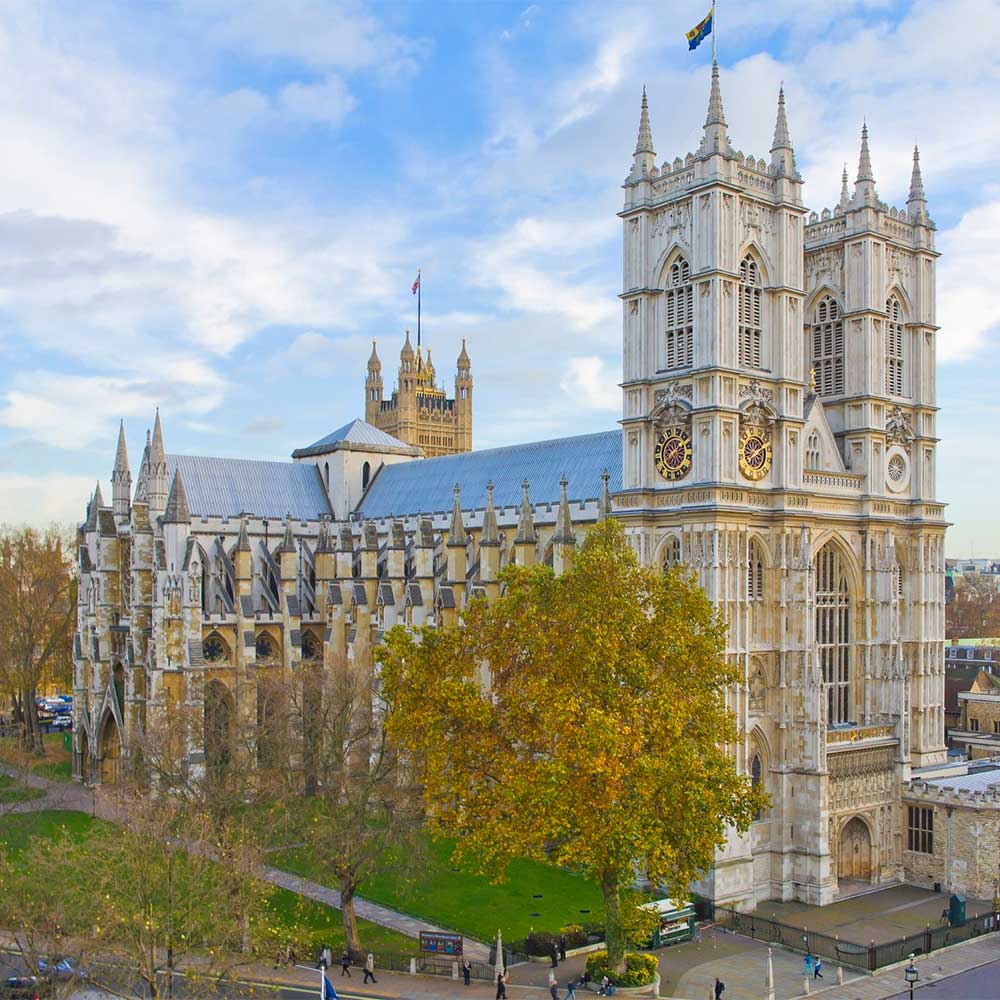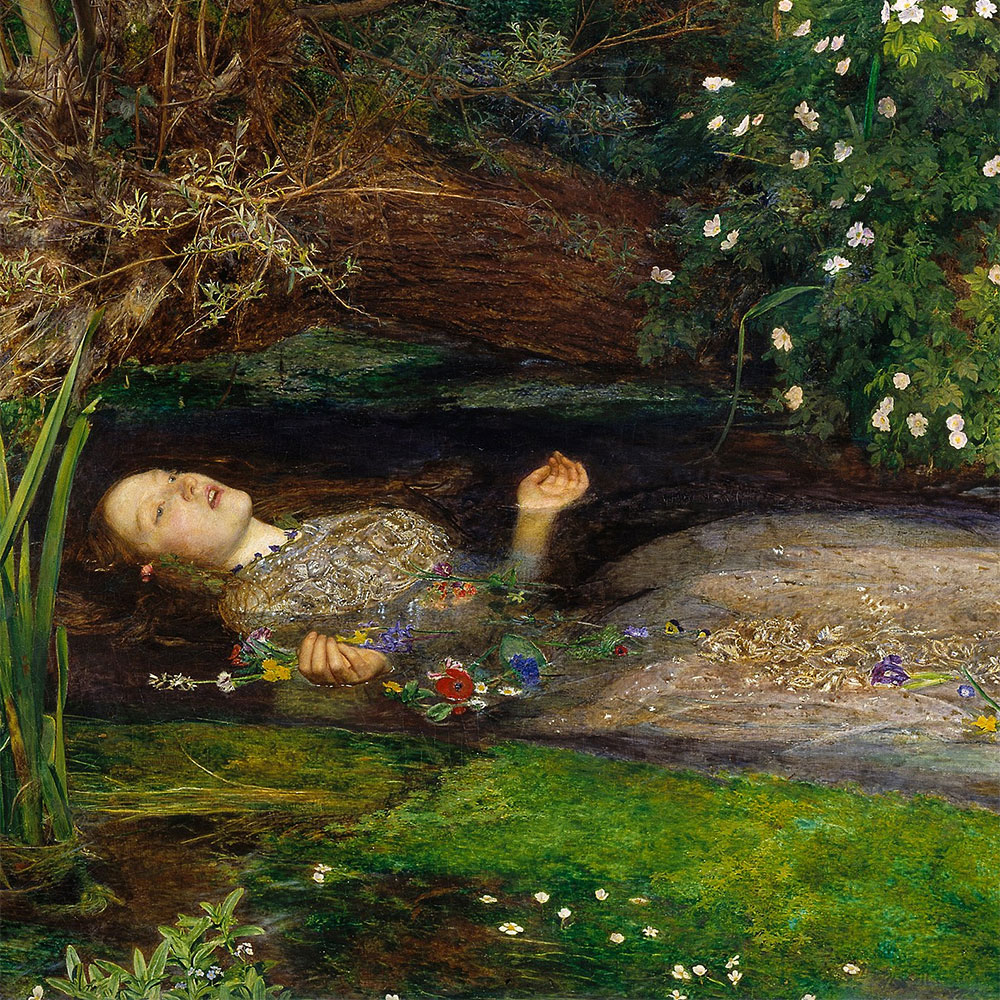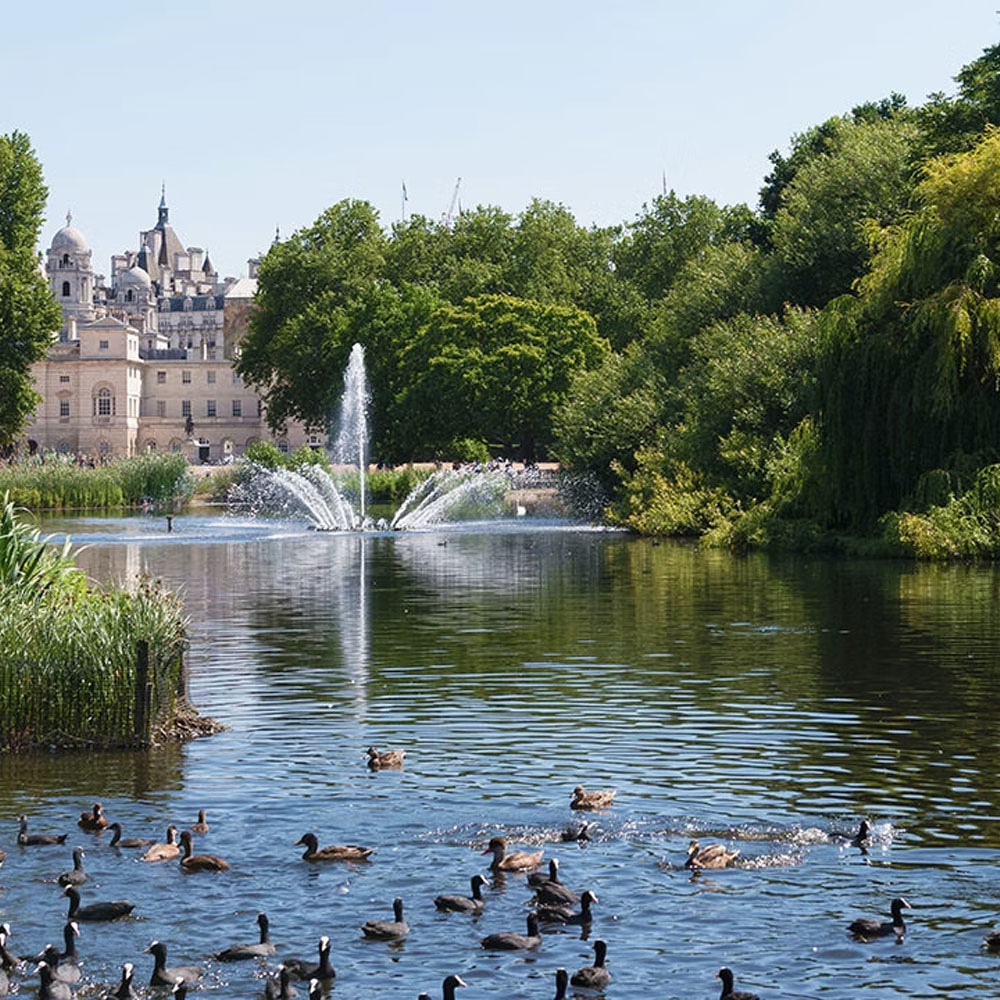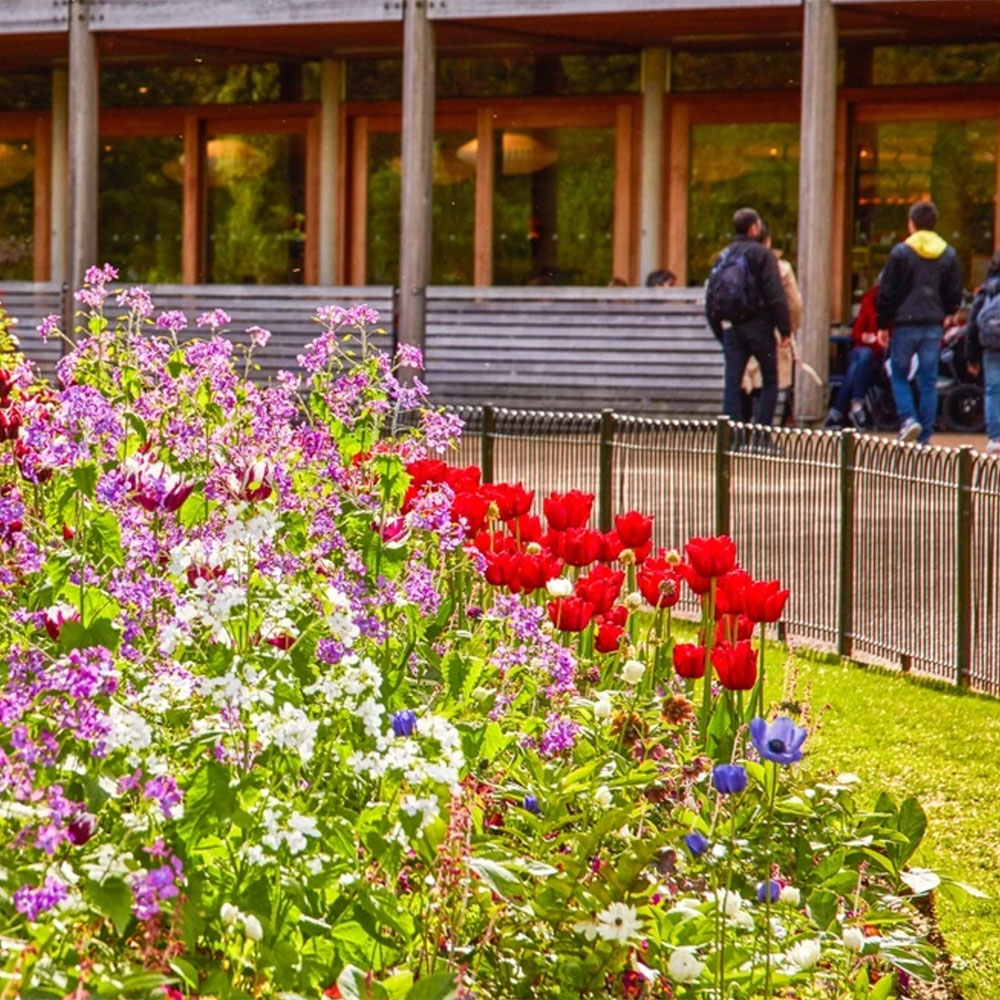Start the morning early (and avoid the insanity that is Westminster Tube at rush hour) with a stroll through St. James Park. There is a fabulous cafe tucked away in there full of MPs (and spies – at least that’s what my mother thinks.) Then spend the morning touring Westminster Abbey. There is a delightful audio tour narrated by the perennially insouciant Jeremy Irons. The museum is rather new and fascinating. AND they finally have proper loos! (Was a bit silly before…). Walk along the Thames through some lovely parks until you arrive at the Tate Britain
Getting to Westminster Abbey:
Begin your day, as early as possible, at Westminster Abbey. The closest London Underground station is Westminster, with a walk of about 5 minutes. Westminster station is absolutely insane at rush hour – there are large plastic shields to prevent commuters from pushing one another onto the tracks. So go early if you can and wander about St. James Park first.
St. James Park
MAP | WEST LONDON
There’s always something to see here – from soldiers in scarlet tunics marching down The Mall to bright beds of flowers bursting with blooms. Don’t miss the classic London views from the lake, where you should also keep an eye out for the famous pelicans who call the park home. Did you know that pelicans have been kept at the park since 1664, when a Russian ambassador presented them to King Charles II? You can often find them perched on benches by the lake, graciously greeting visitors from around the world.
If you’re looking to get away from the crowds, wander along the peaceful lakeside path where you can admire the spectacular trees and abundance of colorful waterbirds. There’s always something new to discover in this historic landscape – from spring bulbs to autumn colors.
5am – midnight
St. James Park Cafe
Surrounded by a rich abundance of flora and fauna, enjoy stunning views of the lake and fountain from the contemporary roof terrace, external seating areas or looking through the panoramic floor-to-ceiling windows.
Tuck yourself away with a cup of Benugo’s award winning coffee or loose leaf tea. Indulge in such British classics as scrambled eggs on toast for breakfast, a delicious snack from one of our sandwich and salad deli offerings or lunch from our hot counters.
Duck Island Cottage, 1840
MAP | WEST LONDON, ST. JAMES
The histories of Duck island Cottage and the birds of St. James Park are a hot mess. Birds of various kinds have been kept here since 1612 when an aviary was established and waterfowl, both native and foreign, found refuge in the park despite the presence, elsewhere in the gardens, of two crocodiles. In 1840, the cottage architect John Burges Watson was engaged by the Society to design the Bird Keeper’s Cottage. Watson produced a small, irregular composition, comprising a cottage and clubroom for the Society, trimmed with ornamental barge-boards finials and ridge-tiles. This gingerbread Cottage Orné, of vaguely Swiss inspiration, was calculated to contrast with the increasingly monumental architecture of the Government Offices being erected in nearby Whitehall. Vigorously remodeled over the years, the cottage provided a utilitarian home to two spinster park keepers who lived there until 1980.

Westminster Abbey
MAP | WEST LONDON, WESTMINSTER
The Abbey has been the coronation church since 1066, and is the final resting place of 17 monarchs. The church we see today was begun by Henry III in 1245. It’s one of the most important Gothic buildings in the country, and has the medieval shrine of an Anglo-Saxon saint at its heart.
The Queen’s Diamond Jubilee Galleries
Entry is by timed ticket bought in combination with an Abbey entry ticket.
BOOK TICKETS

Take a leisurely stroll down the Thames past the Palace of Westminster, a Rodin statue of the Burghers of Calais until you arrive at the Tate Britain 0.6 mile MAP
TATE BRITAIN | MAP | FREE

Explore 500 years of British art and its many stories and voices. Founded by the nation (and funded largely by Sir Henry Tate) in 1897, it houses a substantial collection of the art of the United Kingdom since Tudor times, and in particular has large holdings of the works of J. M. W. Turner, who bequeathed 180 oil paintings, and about 19,000 drawings and watercolors to the nation but stipulated that a gallery should be built by the National Gallery within five years to house them. (Unfortunately, John Ruskin, of the the seven executors of Turner’s will, destroyed a large collection of what he considered to be ‘erotic’ works – characteristically or uncharacteristically, depending on how you view Ruskin…)
MY FABULOUS TATE BRITAIN IN 20 PAINTINGS
Sir Henry Tate was a sugar baron and popularizer of the sugar cube – you can still see his name today on sugar packets. He, too, wished to donate his collection of modern British art which was valued at £75,000 (equivalent of approximately £6.1 million today) and helped to finance the building to house it. A gorgeous museum was built directly on the Thames, the site of the former Millbank Prison. (The name ‘Millbank’ is from the mill for Westminster Abbey, which is to the east of the gallery.)
Unless there is a blockbuster exhibition on, Tate Britain is never that crowded. There is fabulous Tate-to-Tate boat available, if you wish to visit The Tate Modern as well.










